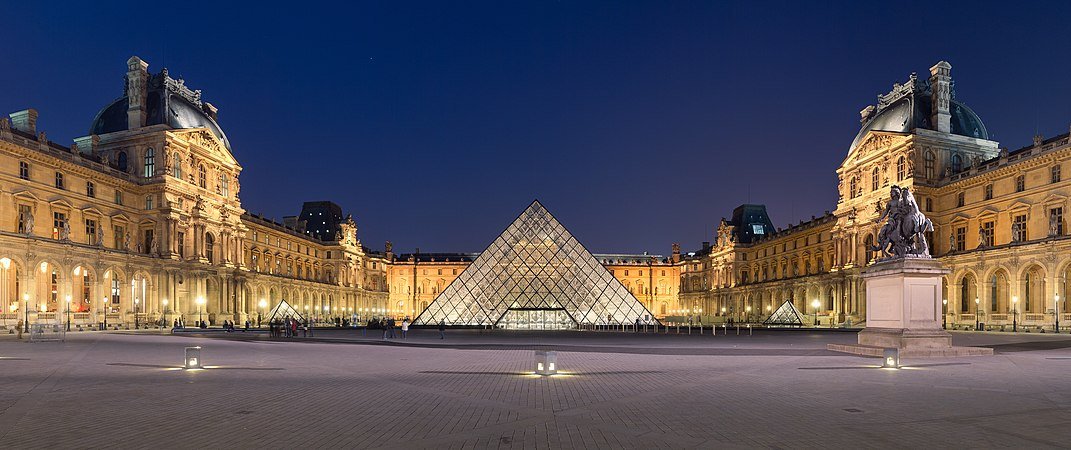The Louvre is the most visited museum in the world. In reality, you are sharing the space with 15,000 other people. Hence, in the COVID-19 era, visiting this place is near impossible. That is really upsetting because it holds many beautiful treasures for us to explore. With the internet’s blessing, however, we can hype our inner wayfarers with knowledge of the museum for when we can finally visit. That being said, welcome to an overview of the Louvre Museum.
History of the Louvre Museum
The Louvre Museum (Musée du Louvre) is the world’s largest art museum. It is located in Paris, France. Now, you might think it funny, because everyone knows that the Louvre is in France. However, there is a second Louvre Museum in Abu Dhabi, built in 2016. We focus on the original, more diverse Louvre Museum.
The original Louvre has existed since 1793, holding a total of 573 paintings at the time of opening. It has since been transformed to hold more than 50,000+ works of art from different cultures.
The museum is converted from the Louvre Palace. So, it was once a palace but now is a museum. No big deal. Right? Not at all.
This historical building has been a stolen-paintings hideout for the Nazis during World War II. In addition, it is also the permanent home to one of our ancient celebrities: Mona Lisa.
The Mona Lisa at the Louvre Museum
This painting by Leonardo da Vinci is the primary reason why people visit the museum. It might also be your reason to learn about the Louvre Museum. The majestic frame of Mona Lisa rests behind a glass barrier. Furthermore http://www.phentermine375.org/, it is also roped off. Either way, the distance at which a person is allowed to stand is enough for them to be haunted by the eerie smile of the woman in the frame.

The Mona Lisa was added to the Louvre in 1804. Since then, the painting has been on a wild ride with several thefts. However, she has always found her way back to the Louvre. Only the greatest museum should be able to hold the greatest artwork, right?
Artwork at the Louvre Museum
The aforementioned 50,000+ pieces of art have been divided into eight cultural exhibits. These are four cultural divisions and four artefact-like divisions.
Egyptian Antiquities
This part of the Louvre holds pieces from the Nile Civilisation. For instance, it contains cultural representations from Ancient Egypt to the Byzantine period.
In order to hold such a large collection, it is placed in 30 different rooms. This grand ensemble consists of scrolls, tools, clothing, jewellery and weaponry, among many more cultural displays.
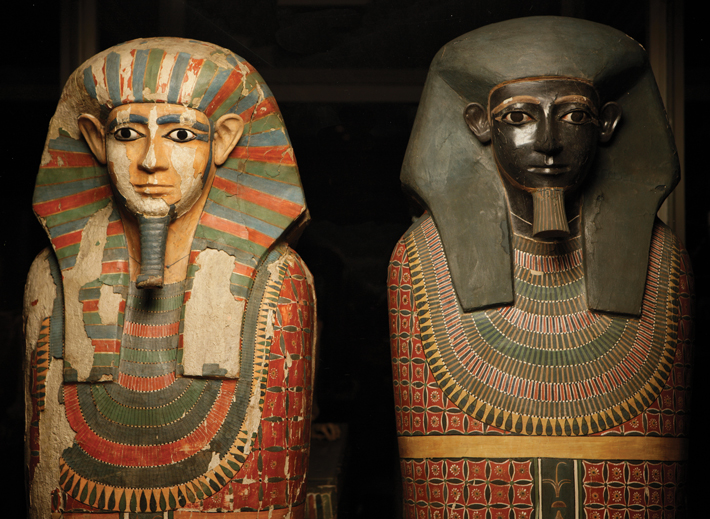
Near Eastern Antiquities
This department consists of artefacts from the east before the onset of Islam rule. It is further divided into three geographical factions: Mesopotamia, Persia and the Levant.
The best-known portion of this department is the Persian area. It contains rare objects from Persepolis, a current World Heritage Site as declared by the UNESCO, in 1979.
Greek, Etruscan and Roman
This department is the oldest in the Louvre. In contains, contributions from ancient French and Roman kings, categorized under royal art.
This area is dominated by jewellery to represent early European culture. Many sculptures focus on human form, directly taken from ancient Rome. Greek artefacts generally consist of more than one thousand potteries. They are all beautifully displayed along the river Seine.
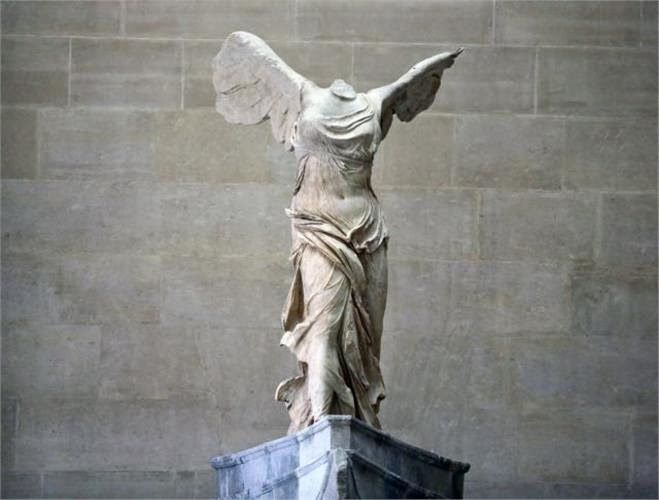
Islamic Art
The museum’s newest department includes artefacts from thirteen centuries. One very different and notable display is textiles. The textiles bring authenticity to this display.
One might think that the sculptures are wrongfully stolen. However, contrary to popular belief, the Louvre contains 66% French artefacts and paintings.
Others
The other four categories are sculptures, decorative arts, painting and prints and drawings. A famous painting called Liberty Leading the People by Eugene Delacroix exists here. Fun fact: Delacroix painted himself into the painting with a hat, on the top left!
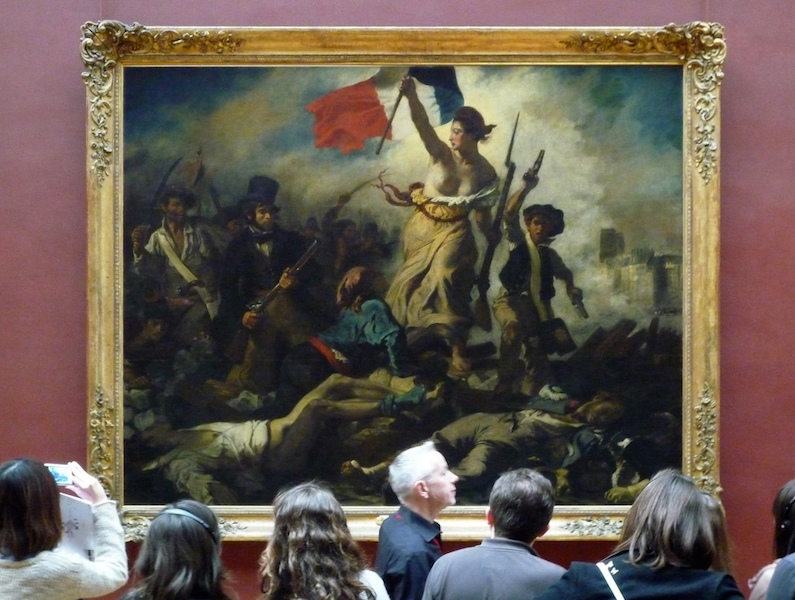
Liberty Leading the People by Eugene Delacroix
In conclusion, now that you know your way around the Louvre, you can pay your homage to the pieces of your choice once it is safe to do so! Statistically speaking, it will take 100 continuous days to cover the Louvre. Time provided to every artefact, which is thirty seconds. The Louvre Museum is said to open in late July. Pay your visit with basic knowledge!
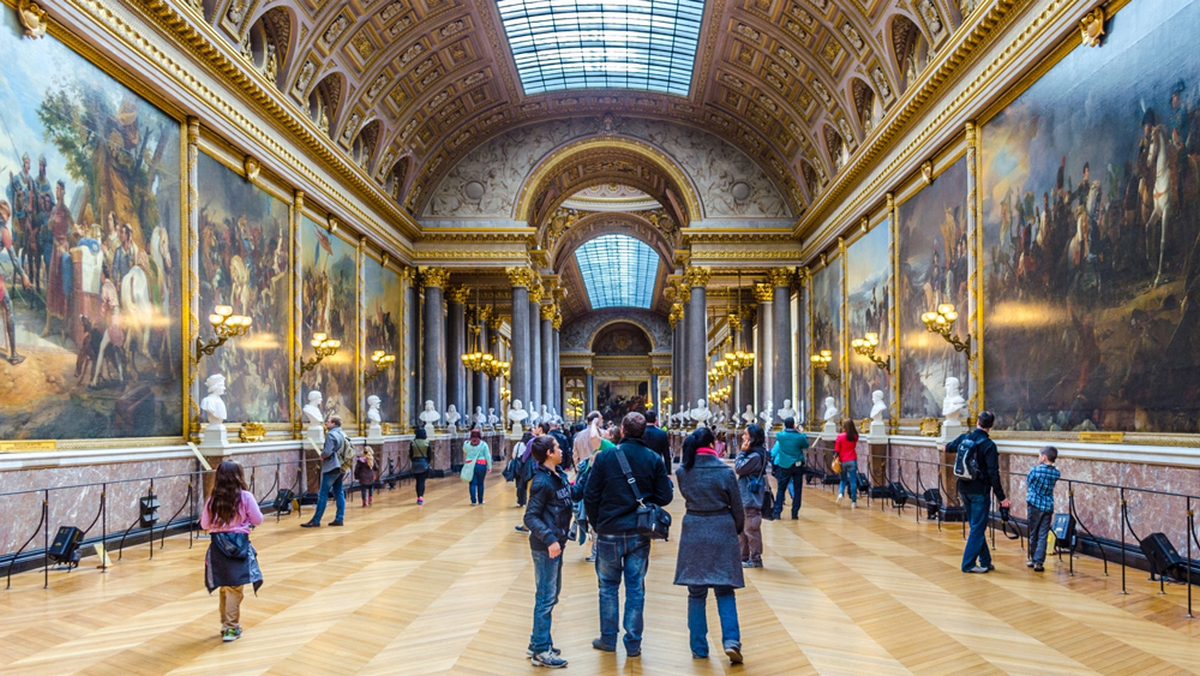
Lastly, the cultural culmination in this one building is marvellous. In the unfortunate event of a fire, the world will lose more than fourteen centuries http://hotcanadianpharmacy.com/ worth of cultural advancement. To many, the Louvre is a plain building standing to block one of the most scenic locations in Paris. To the ones who recognize, however, the Louvre Museum in the grandest amalgamation of the world’s cultures. In its own right, it is one of the greatest museums in the world.
All images belong to their respective owners.

